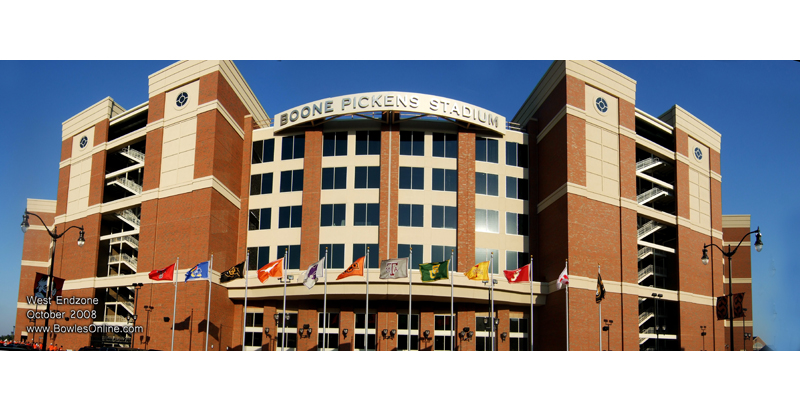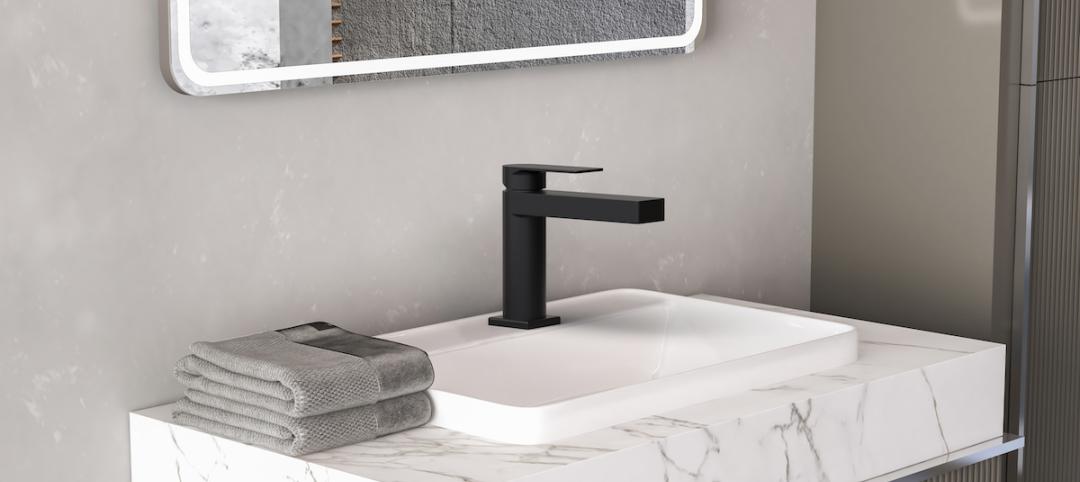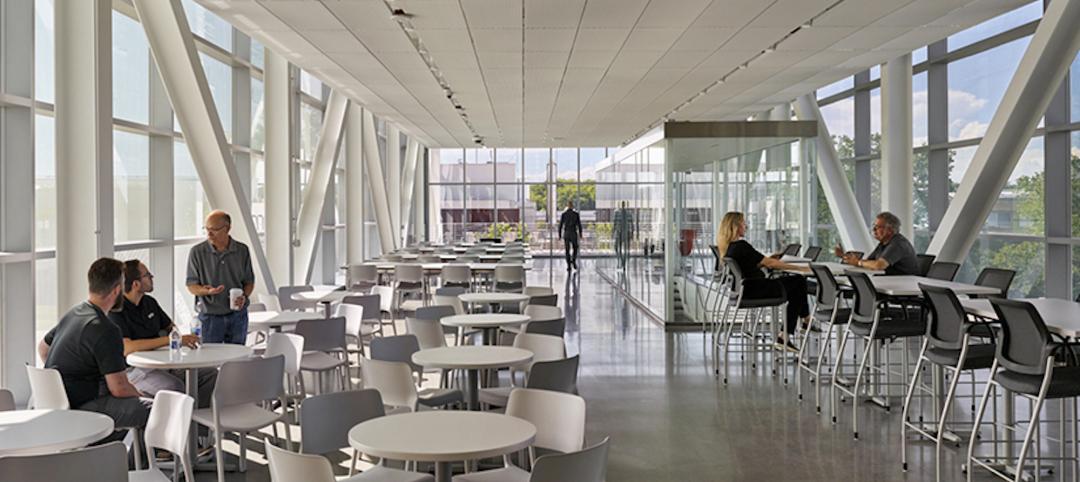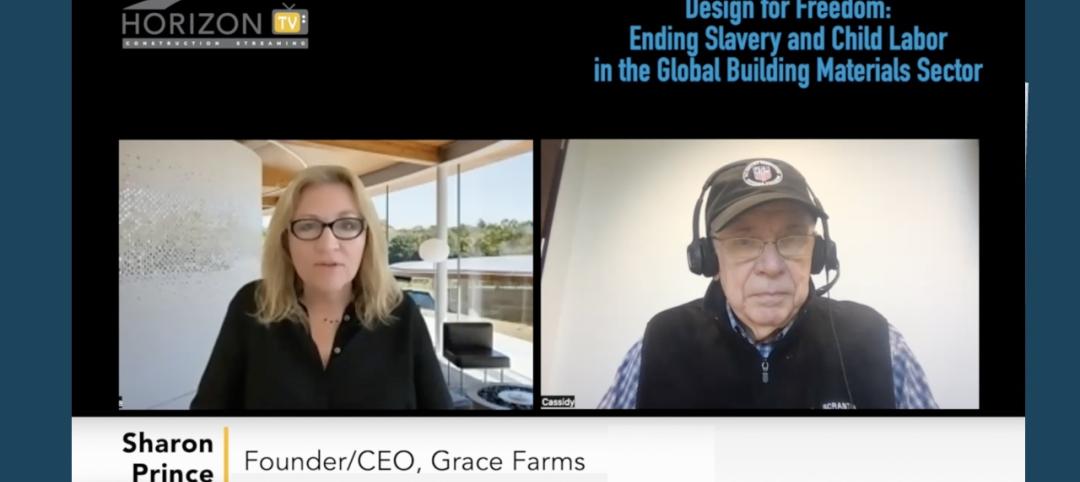At Charlotte Pipe and Foundry, we know that the first item on everybody's Value Engineering (VE) checklist is Cast Iron Soil Pipe (CISP) to PVC for drain, waste and vent applications. We make both plumbing systems, and believe that the right material should be used for every application. But, under financial pressure, things can get tricky in the VE process. That's what happened with one of the largest building projects in recent NCAA history, the Boone Pickens Stadium at Oklahoma State University (OSU).
In 2011, two years after it opened, a break in a plastic drain pipe was found. An inspection of the rest of the system revealed fifteen other breaks. The football team was forced to abandon the facility for five months while contractors jackhammered through finished concrete floors to fix the problems.
Litigation was eventually settled in February 2015, for $700,000. The biggest portion of the settlement ($400,000) was paid by the firm that did the architectural, engineering and design work. The water heater manufacturer agreed to pay $125,000 of the settlement. Properly functioning temperature and pressure relief valves, which are standard on all water heaters or boilers, will discharge water up to 200 degrees Fahrenheit — 60 degrees higher than the 140 degree limit on PVC. Sadly, avoidable mistakes like these are more common than they should be.
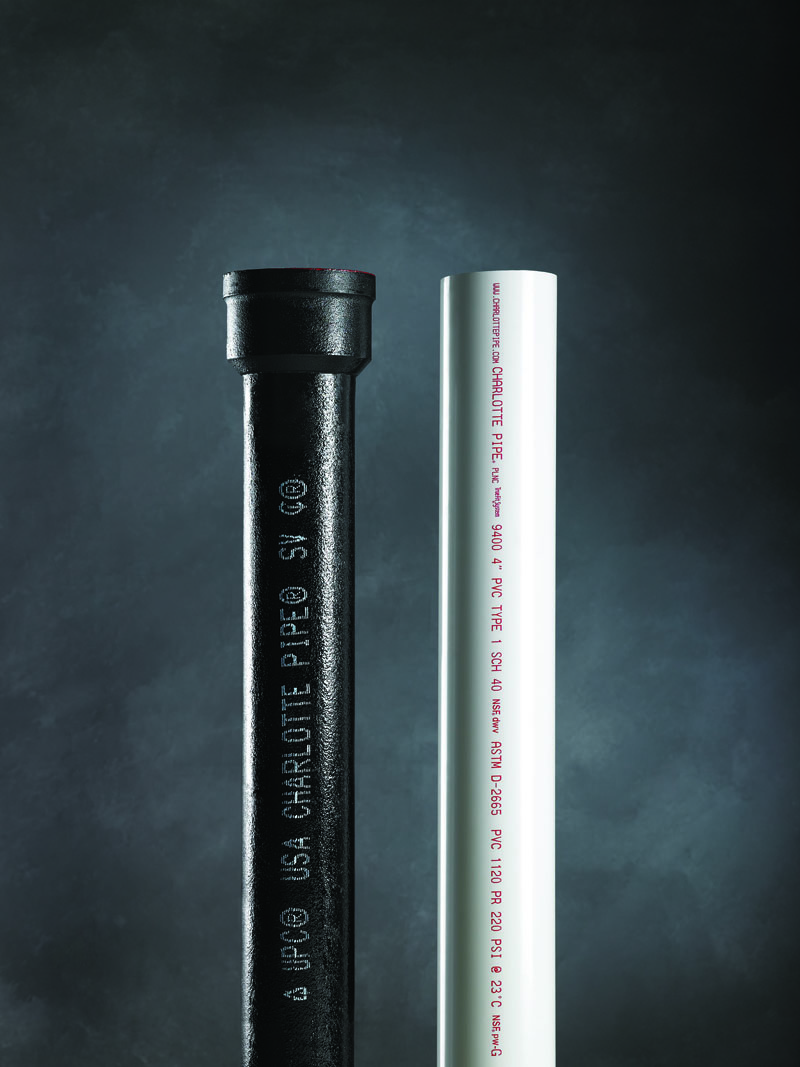
PVC can be used successfully below ground, but it requires careful installation and soil prep per ASTM D2321. Also, PVC has specific temperature and hanger spacing requirements. In addition, it requires extra care and attention in plenum spaces and in fire wall penetrations.
To make sure that the particulars and intricacies of this choice aren't confusing, we have prepared a downloadable brochure and handy checklist. The brochure covers the benefits of both systems, and the checklist is a simple yes/no form to help you understand the full ramifications of a PVC versus CISP VE decision.
Download the brochure, checklist and more VE resources at charlottepipe.com/VE.
What happened at OSU was an avoidable tragedy. With a proper and thorough understanding of the strengths and weaknesses of PVC and CISP for your plumbing application, you can greatly reduce the chance of anything like this happening to you.
*Please note: Information for this case study was found in published media reports and public records.
Related Stories
75 Top Building Products | Apr 22, 2024
Enter today! BD+C's 75 Top Building Products for 2024
BD+C editors are now accepting submissions for the annual 75 Top Building Products awards. The winners will be featured in the November/December 2024 issue of Building Design+Construction.
Plumbing | Mar 18, 2024
EPA to revise criteria for WaterSense faucets and faucet accessories
The U.S. Environmental Protection Agency (EPA) plans to revise its criteria for faucets and faucet accessories to earn the WaterSense label. The specification launched in 2007; since then, most faucets now sold in the U.S. meet or exceed the current WaterSense maximum flow rate of 1.5 gallons per minute (gpm).
75 Top Building Products | Dec 13, 2023
75 top building products for 2023
From a bladeless rooftop wind energy system, to a troffer light fixture with built-in continuous visible light disinfection, innovation is plentiful in Building Design+Construction's annual 75 Top Products report.
Codes | Jul 10, 2023
Water Demand Calculator outperforms traditional plumbing codes for energy, carbon, and water savings
Using IAPMO’s Water Demand Calculator tool can result in energy, carbon, and water savings as compared to using traditional plumbing specification methods in plumbing codes, according to a study by Arup.
Arenas | Jun 14, 2023
How Seattle’s Climate Pledge Arena is conserving water
More than 700 water closets, urinals, flushometers, and faucets combine to save water at the 18,300-person Climate Pledge Arena, in Seattle.
Plumbing | Jun 1, 2023
Olympia debuts a single-handle faucet for i4 Series for the bath
Olympia Faucets has introduced a new single-handle lavatory faucet (Model #L-6000) to its popular i4 series.
Codes | Mar 2, 2023
Biden Administration’s proposed building materials rules increase domestic requirements
The Biden Administration’s proposal on building materials rules used on federal construction and federally funded state and local buildings would significantly boost the made-in-America mandate. In the past, products could qualify as domestically made if at least 55% of the value of their components were from the U.S.
75 Top Building Products | Nov 30, 2022
75 top building products for 2022
Each year, the Building Design+Construction editorial team evaluates the vast universe of new and updated products, materials, and systems for the U.S. building design and construction market. The best-of-the-best products make up our annual 75 Top Products report.
Engineers | Nov 10, 2022
U.S. engineering firms cash in on a volatile, expanding market
New practices and markets drive growth for U.S. engineering and engineering-architecture firms. And firms are getting serious about reducing projects’ carbon footprint.
Building Materials | Nov 2, 2022
Design for Freedom: Ending slavery and child labor in the global building materials sector
Sharon Prince, Founder and CEO of Grace Farms and Design for Freedom, discusses DFF's report on slavery and enforced child labor in building products and materials.


